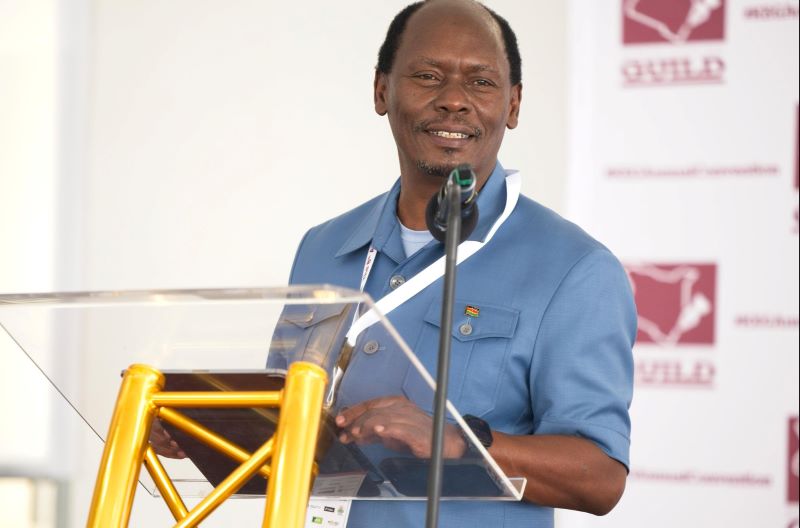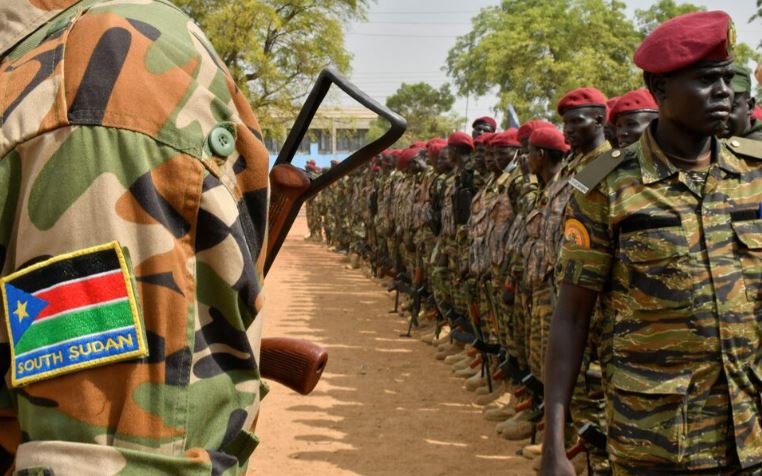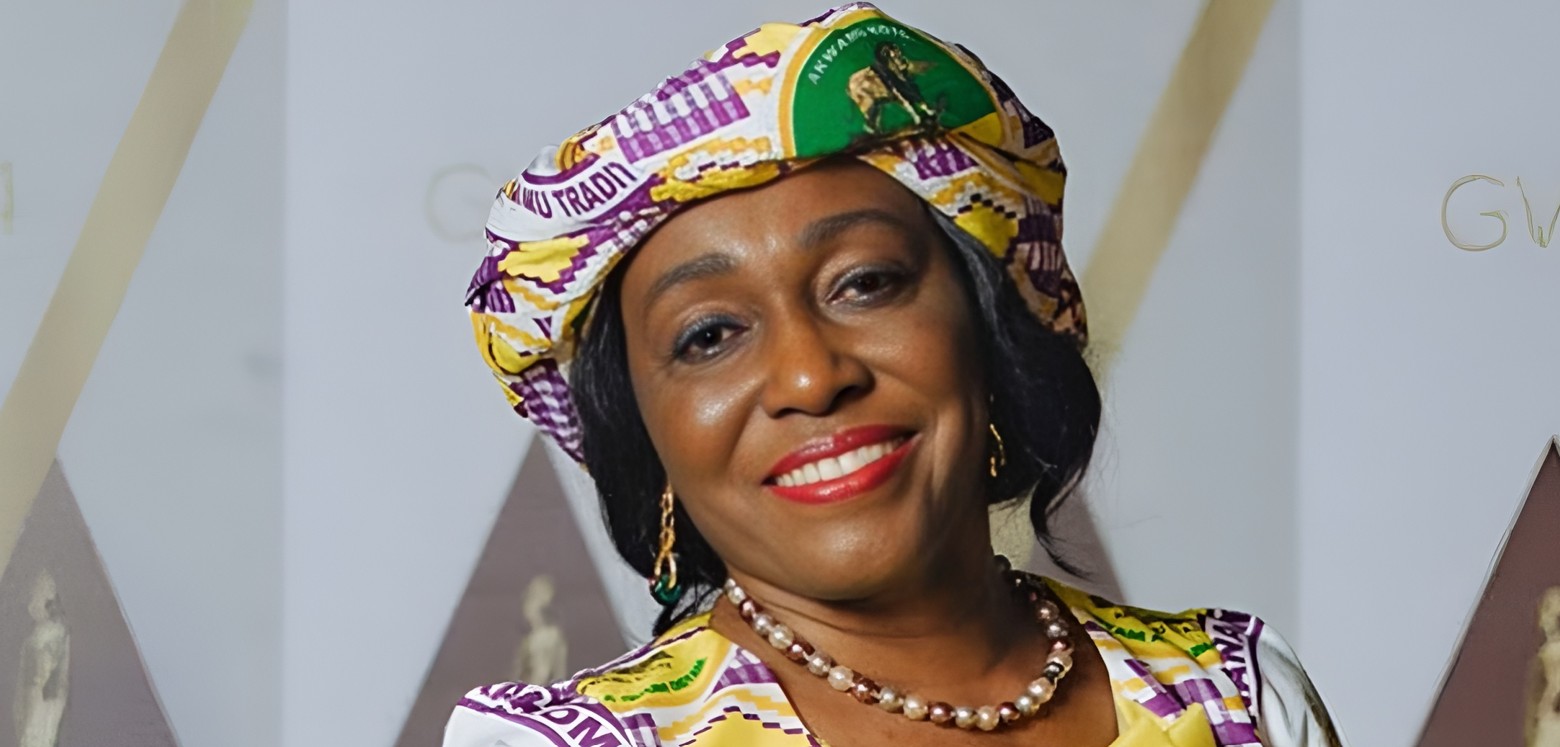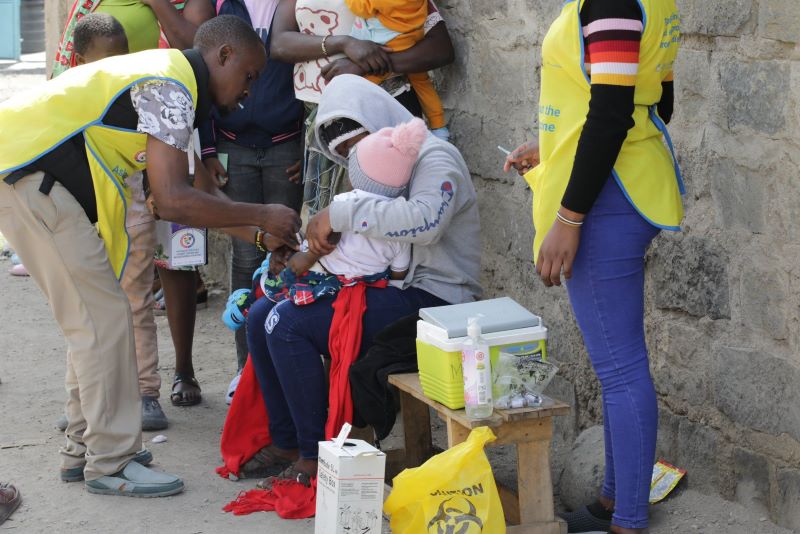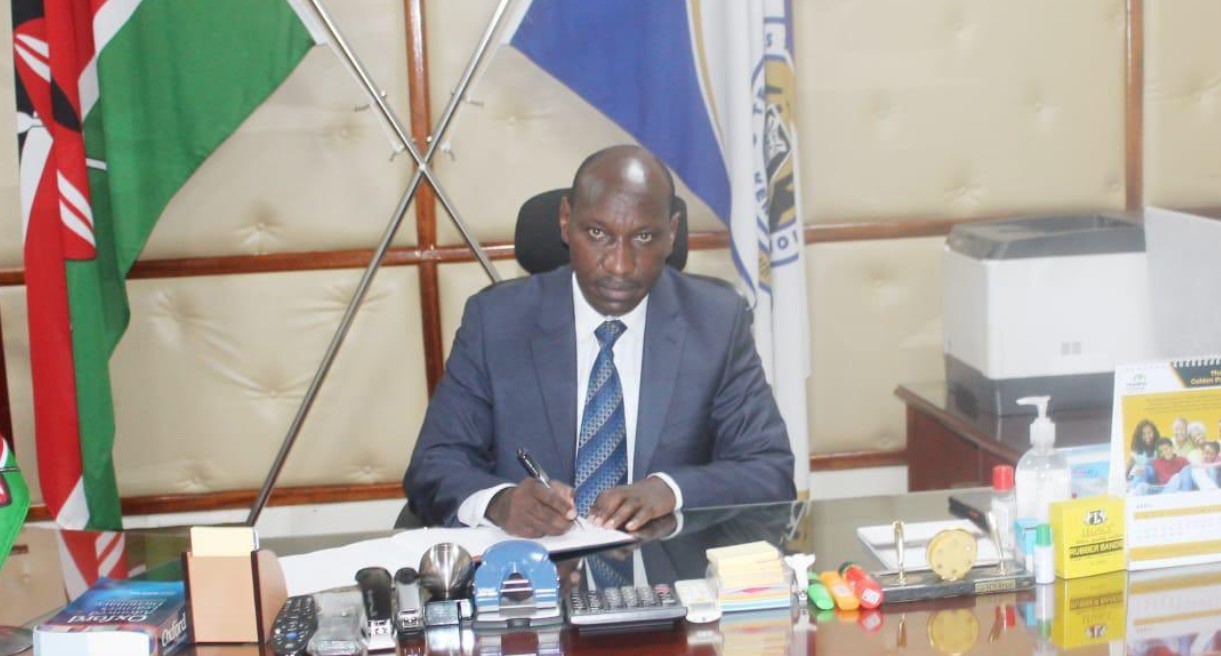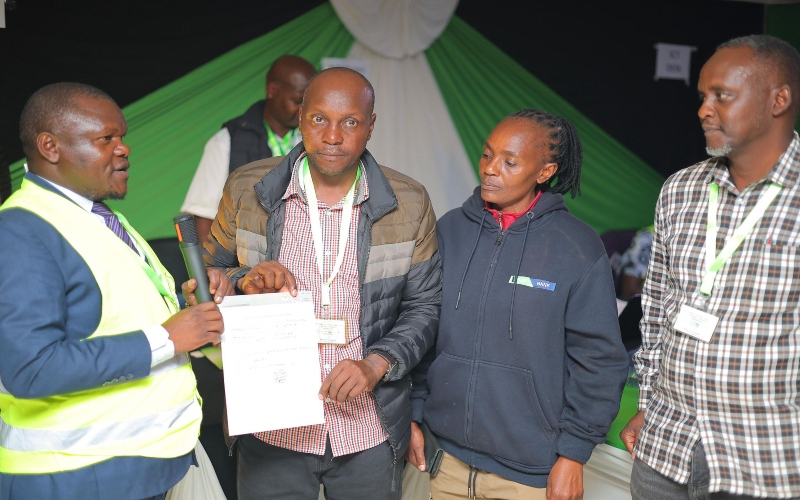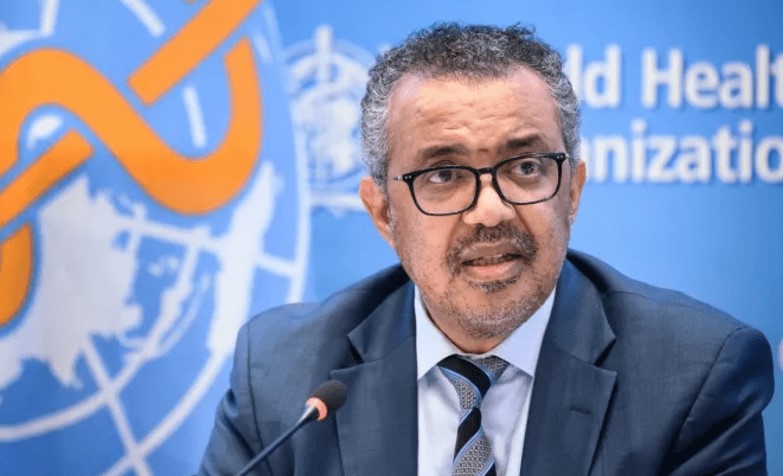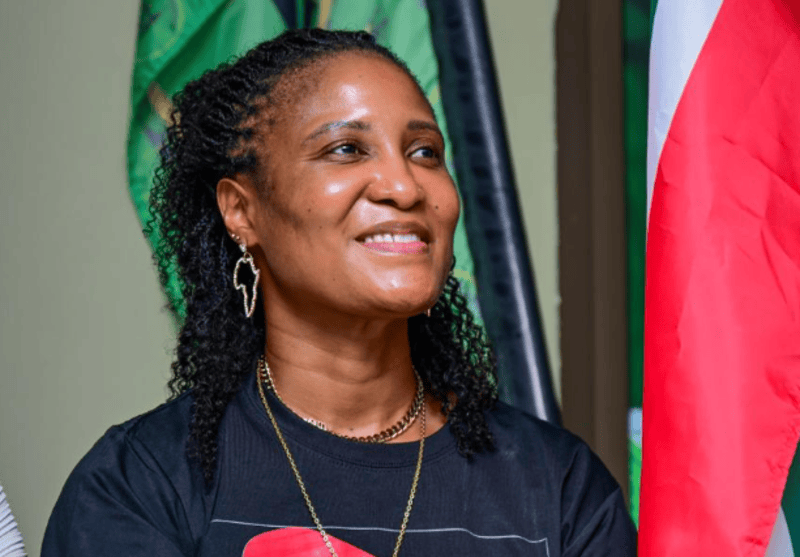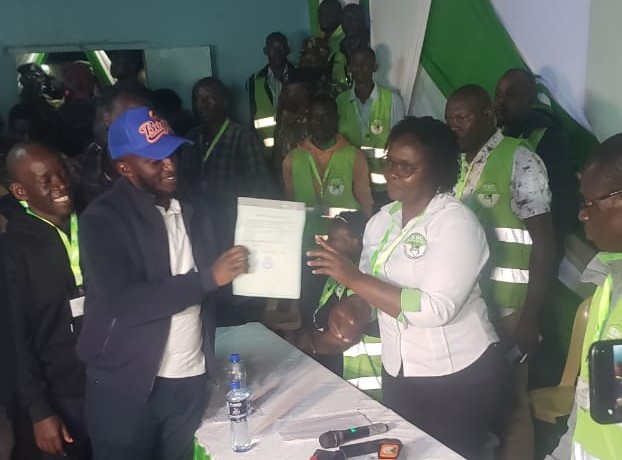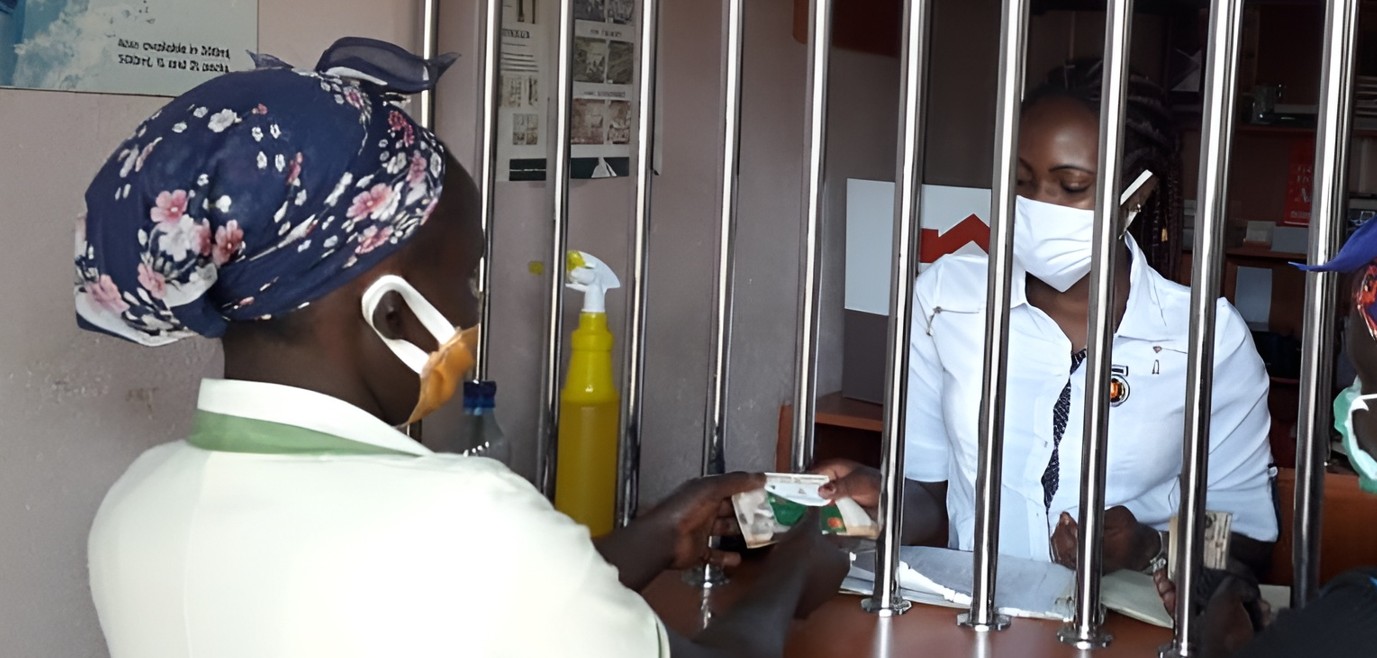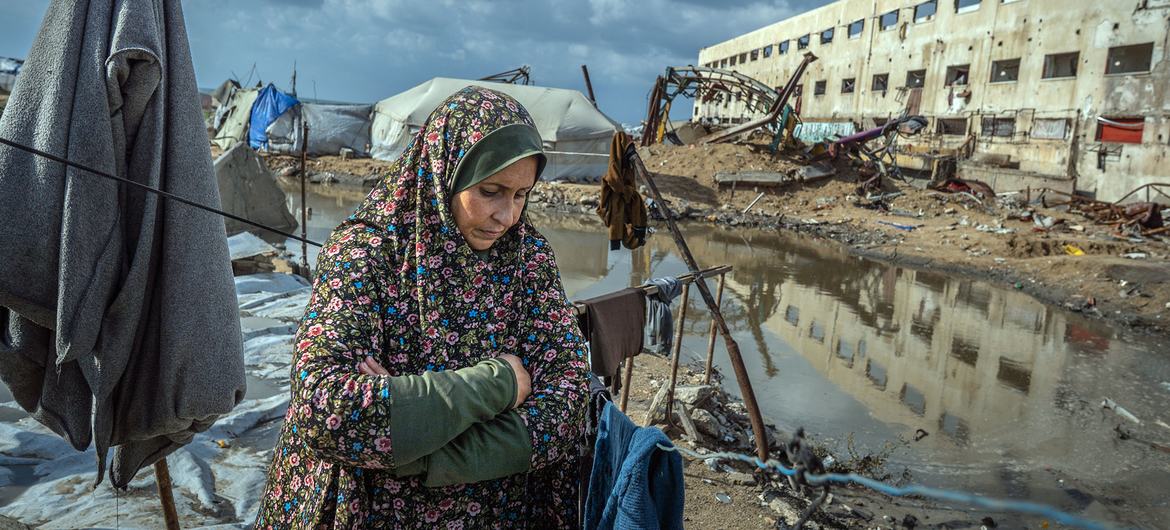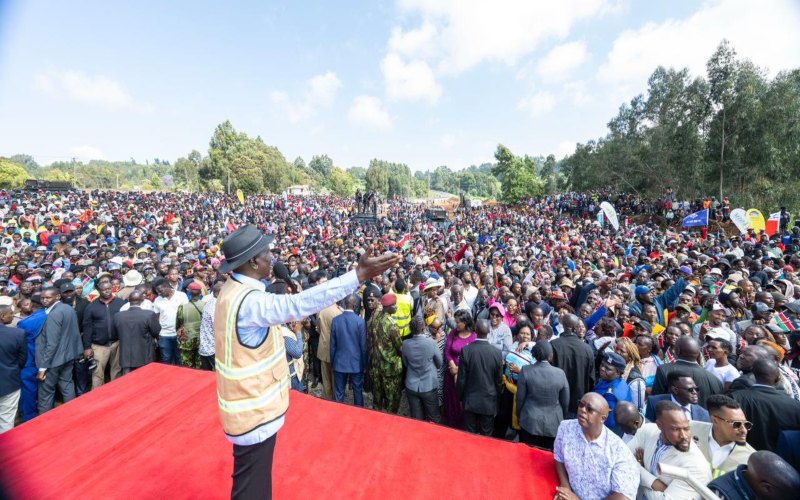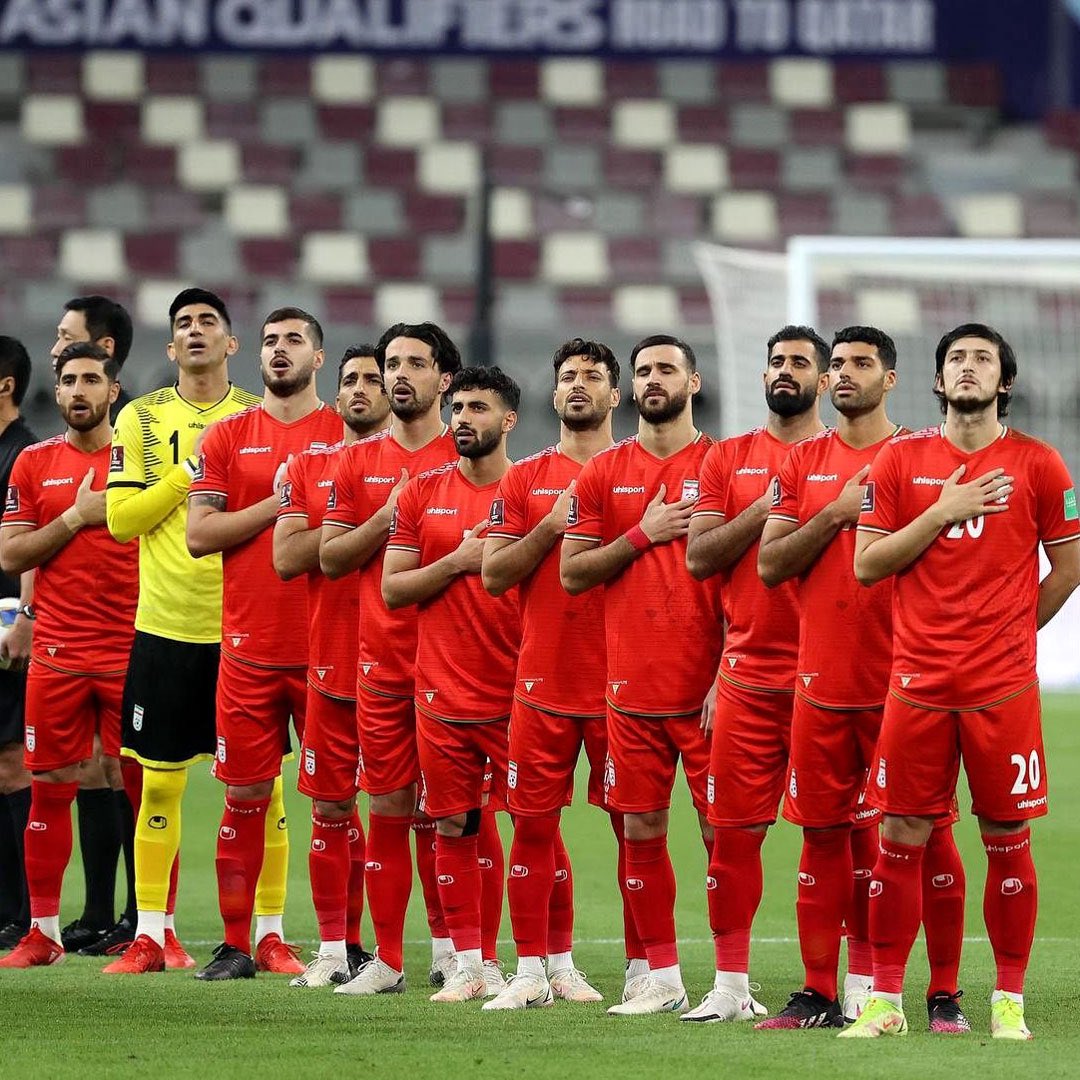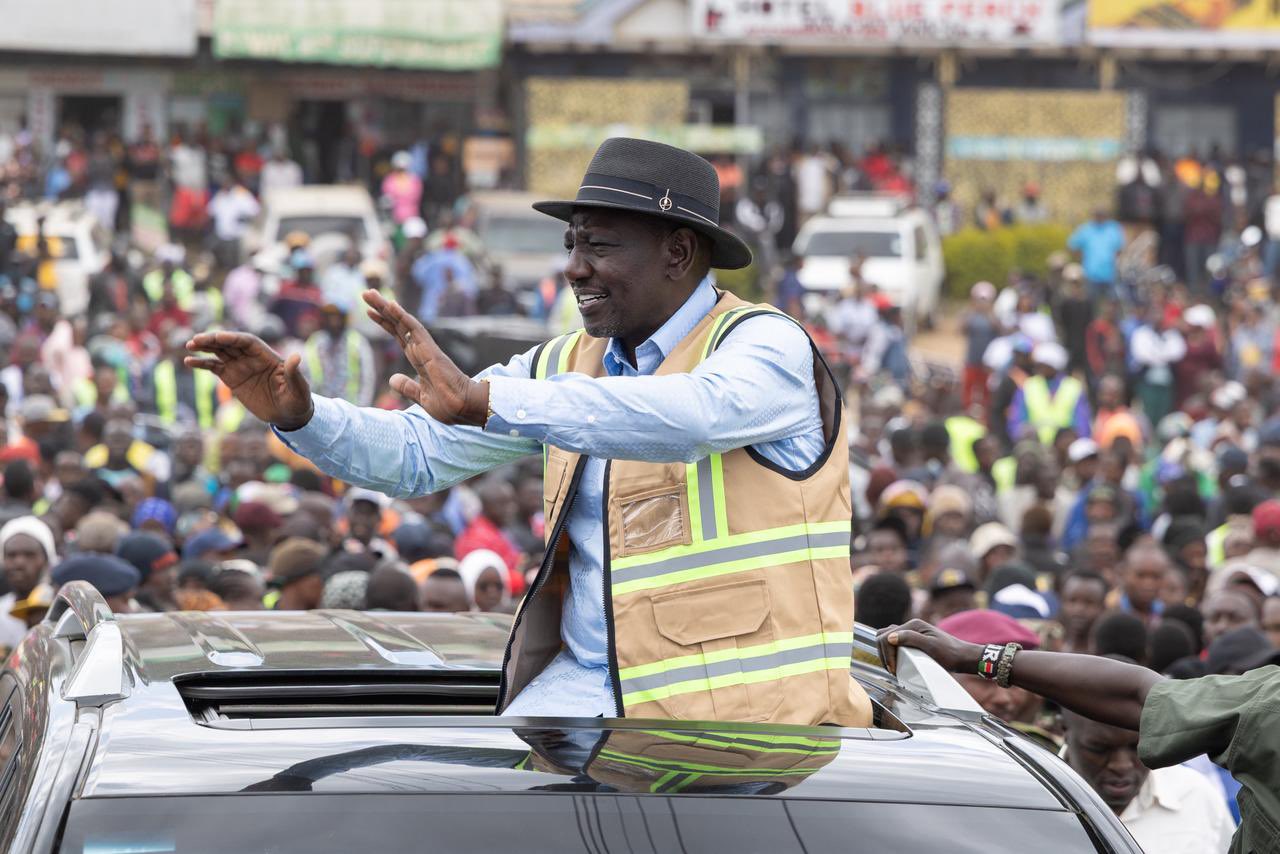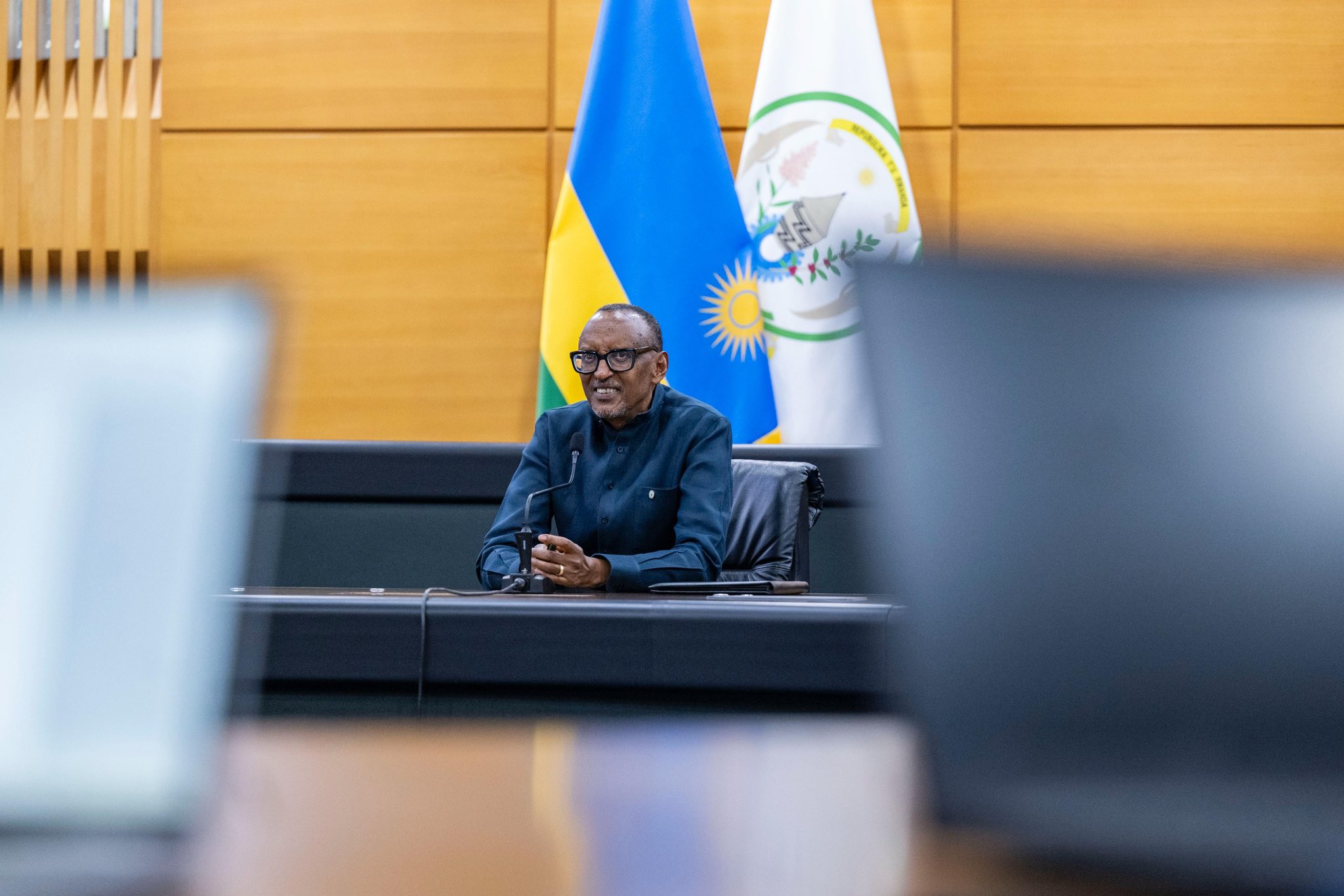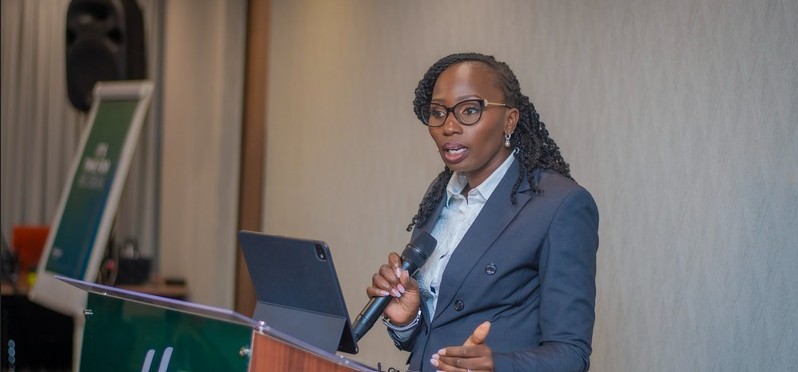Ethiopia has struggled to build national unity: Can its big new dam deliver it?
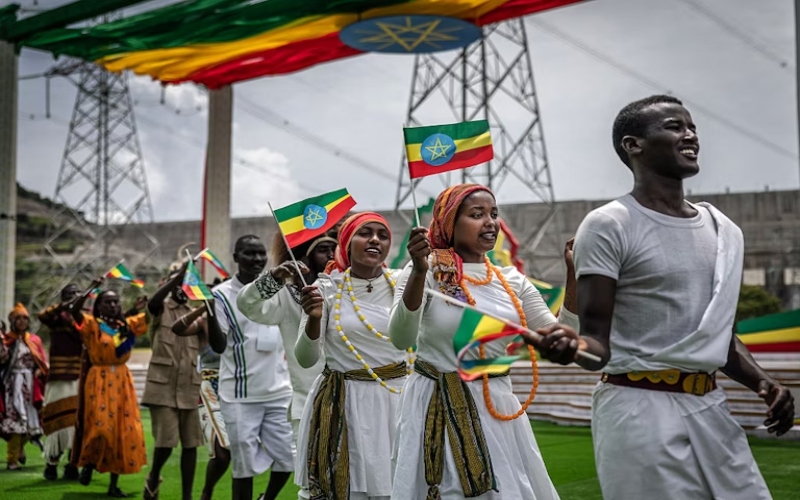
The quest for national cohesion has occupied Ethiopian state builders, stretching back from the imperial state up until the present period. Previous attempts proved to be largely symbolic, however, with limited transformative power.
The formal launch of Ethiopia’s Grand Ethiopian Renaissance Dam in September 2025 made news across the world. There was pomp and ceremony as Africa’s largest hydroelectric dam was officially inaugurated after 14 years and $5 billion (Sh680 billion) worth of project work.
The project’s completion fulfils a national dream long in the making. It was formally initiated by the late Meles Zenawi, who served as president of Ethiopia from 1991 to 1995 and as prime minister from 1995 until his death in 2012. But the idea of a dam on the Ethiopian Nile dates back even further. As early as the 1950s, Emperor Haile Selassie recognised the potential of a dam for Ethiopia’s developmental needs.
More To Read
- Faith under fire: How social media fuels rising attacks on religions, followers in Ethiopia
- Daua Dam, irrigation masterplan gain momentum after high-level talks in Nairobi
- Kenya steps up border checks as Ethiopia confirms outbreak of Marburg Virus Disease
- Technology of freedom, risk of violence: Digital divide facing women in post-war Tigray
- Cultural victory as Ethiopia recovers 12 artefacts taken to Germany in the 1920s
- ONLF accuses Ethiopia of breaching 2018 peace deal as Somali Region tensions rise
This vision has occupied the Ethiopian national imagination since then. That is why Ethiopians celebrated the launch as a significant national achievement. Prime Minister Abiy Ahmed hailed the dam as a “shared opportunity” for the region, which stands to gain from surplus electricity exports. The dam’s opening was also celebrated with street processions across the country.
The completion of the dam is a major achievement. As a hydropower source, it is expected to deliver practical benefits such as electricity supply to a large number of Ethiopians. More than that, the dam is also being used to galvanise national pride and unity.
As a scholar of African politics with an interest in Ethiopia and the Horn of Africa, my work has focused on the challenges of constructing national unity and inclusion in Ethiopia.
It is not surprising that the government has seized this moment. National pride and unity have been low in Ethiopia in recent years.
The quest for national cohesion has occupied Ethiopian state builders, stretching back from the imperial state up until the present period. Previous attempts proved to be largely symbolic, however, with limited transformative power.
The Grand Ethiopian Renaissance Dam risks falling into the same pattern. Its inauguration comes in the aftermath of a largely unresolved conflict in Tigray, and amid intense political fragmentation and ongoing civil wars in Ethiopia. When the war with Tigray ended, others erupted in different parts of the country, most notably in the Amhara and Oromo regions.
Elusive national unity
Ethiopia is a diverse country of over 120 million people. It comprises multiple ethnic, linguistic and religious groups.
Over 80 languages are spoken, with Amharic as the lingua franca. The largest ethnic groups correspond with the most widely spoken languages: Oromiffa, Amharic, Tigrinya and Somali.
Since the late 19th century, various leaders have attempted to construct a nation alongside the state. A state comes into being with the determination of borders and international recognition. Crafting a nation is different. It is the process of establishing a sense of common identity and purpose among the inhabitants of a state. The process of nation-making has been violently contested and fraught in Ethiopian political history.
The results of this contested history can show up in the most unlikely places. For instance, the grand opening of the dam was timed to fall in the month of Meskerem (September). It came a few days before the Ethiopian New Year – Enkutatash – which is celebrated on 11 September. This holiday is a major event in the Ethiopian calendar and is usually marked by national celebrations.
However, the holiday is rooted in Ethiopian Orthodox traditions. It carries huge symbolism for at least one particular group – Ethiopia’s Orthodox Christians, who are just over 43 per cent of the population. But others could have felt excluded by this choice.
This has not dissuaded those in power, throughout history, from using such symbolic events and occasions to foster a sense of national unity.
Symbolic nationalism
The imperial regime of Haile Selassie made concerted efforts to unite the nation following the Italian occupation of 1935. At this time, state sovereignty was compromised, with some sections of the country still under foreign occupation. The country was divided between those who resisted the occupation and those who collaborated with the Italians.
To build legitimacy and unity, the emperor turned to the heroic efforts of the patriotic resistance against the Italian occupation as a source of national pride. He also engaged in a policy of state modernisation. One of the key developments from this period was the establishment of Ethiopian Airlines in 1945.
The airline has been highly successful and profitable. It has contributed to strengthening the Ethiopian brand. But it has not, in any visible measure, delivered long-term national unity and prevented political violence in Ethiopia.
The post-1991 government also made use of symbols and events to foster national unity. Amid growing concerns about where the ruling coalition was taking the country, in the lead up to the year 2007 (2000 according to the Ethiopian calendar), the government organised millennium celebrations. These captured the nation’s imagination and provided temporary respite from political tensions. Indeed, the initial name of the Grand Ethiopian Renaissance Dam was the Millennium Dam.
What these symbolic attempts managed to achieve is short-lived national pride. They also drew attention away from the structural challenges facing the country.
What is needed to achieve long-term national unity
Ethiopia must come to terms with the deep-seated issues of inequality, historical and contemporary grievances of exclusion and marginalisation. These are the key drivers of recurring cycles of political violence. The country needs to have honest conversations on non-partisan platforms.
The National Dialogue that is currently underway is a good place to start. The process was launched in 2022 to address key national questions thrown up in part by the disastrous Tigray war. The dialogue seeks to create conducive conditions for national consensus on the root causes of divisions in the country.
National dialogues are useful tools that have been used in diverse national contexts for the purpose of conflict transformation and addressing internal conflicts. These have the potential to yield positive results if they are inclusive and have clear implementation plans.
There are fears, however, that the dialogue might be undermined by the Ethiopian government, especially in light of elections in 2026. The government might use the national dialogue to advance its position and present itself in a positive light in relation to its political opponents.
The Conversation
Namhla Thando Matshanda, Associate Professor, Department of Political Sciences, University of Pretoria
This article is republished from The Conversation under a Creative Commons license. Read the original article.
Top Stories Today
